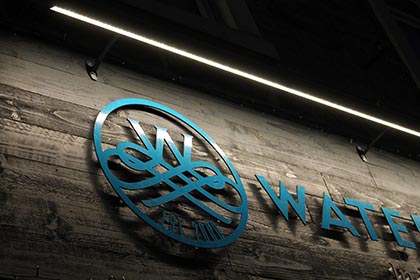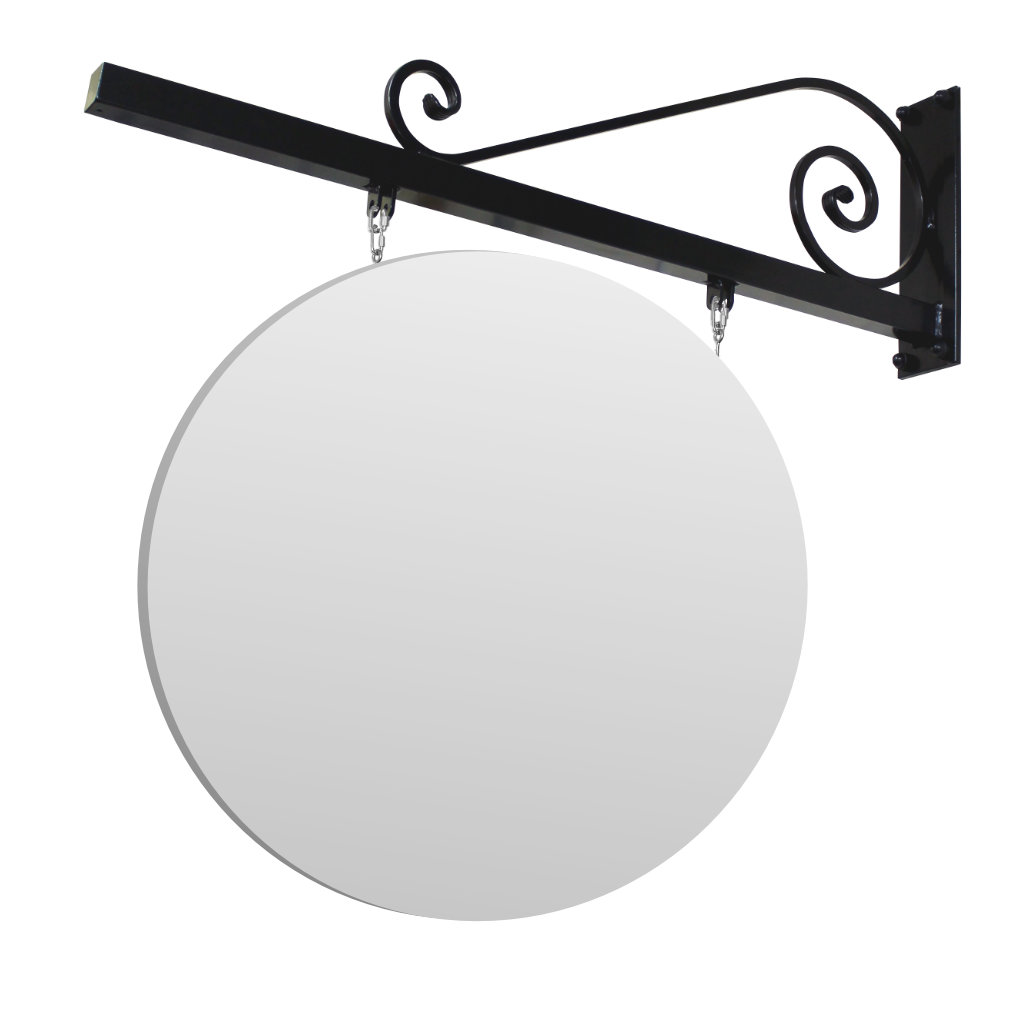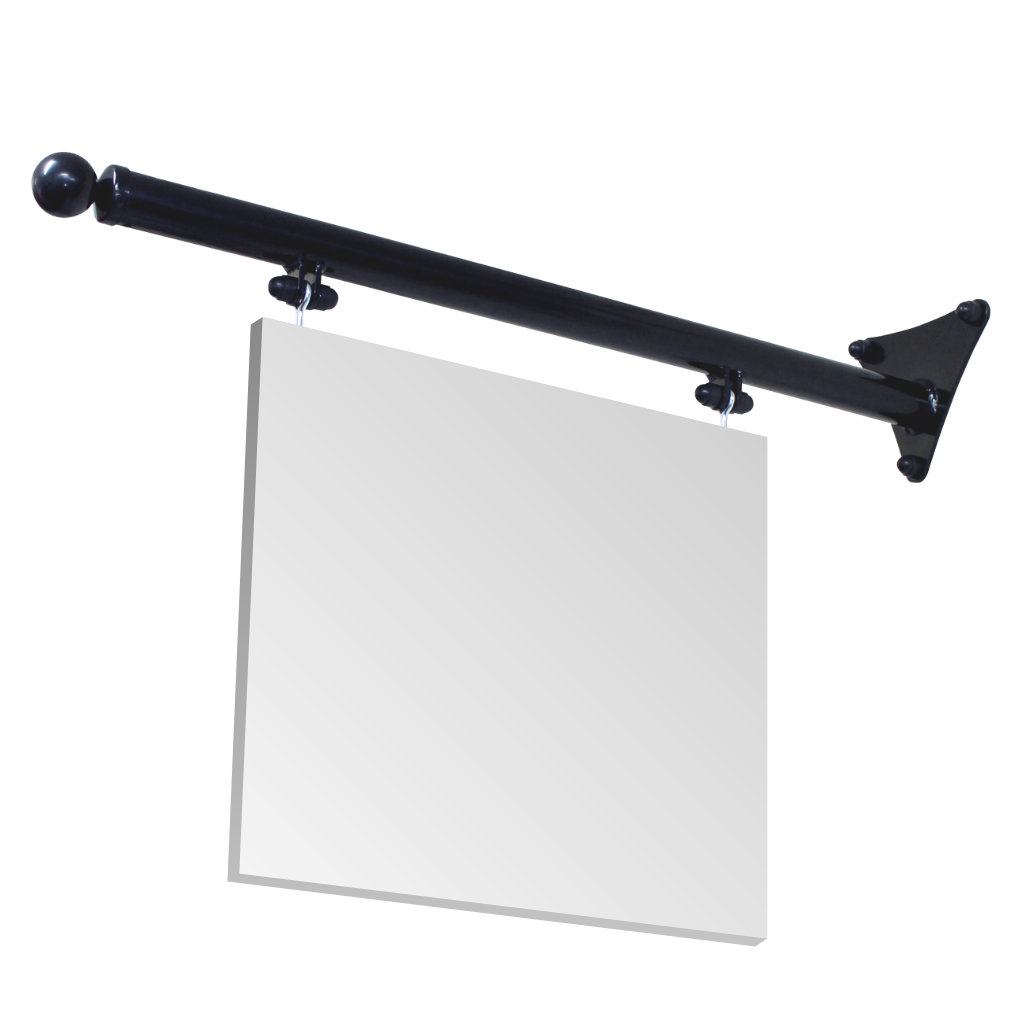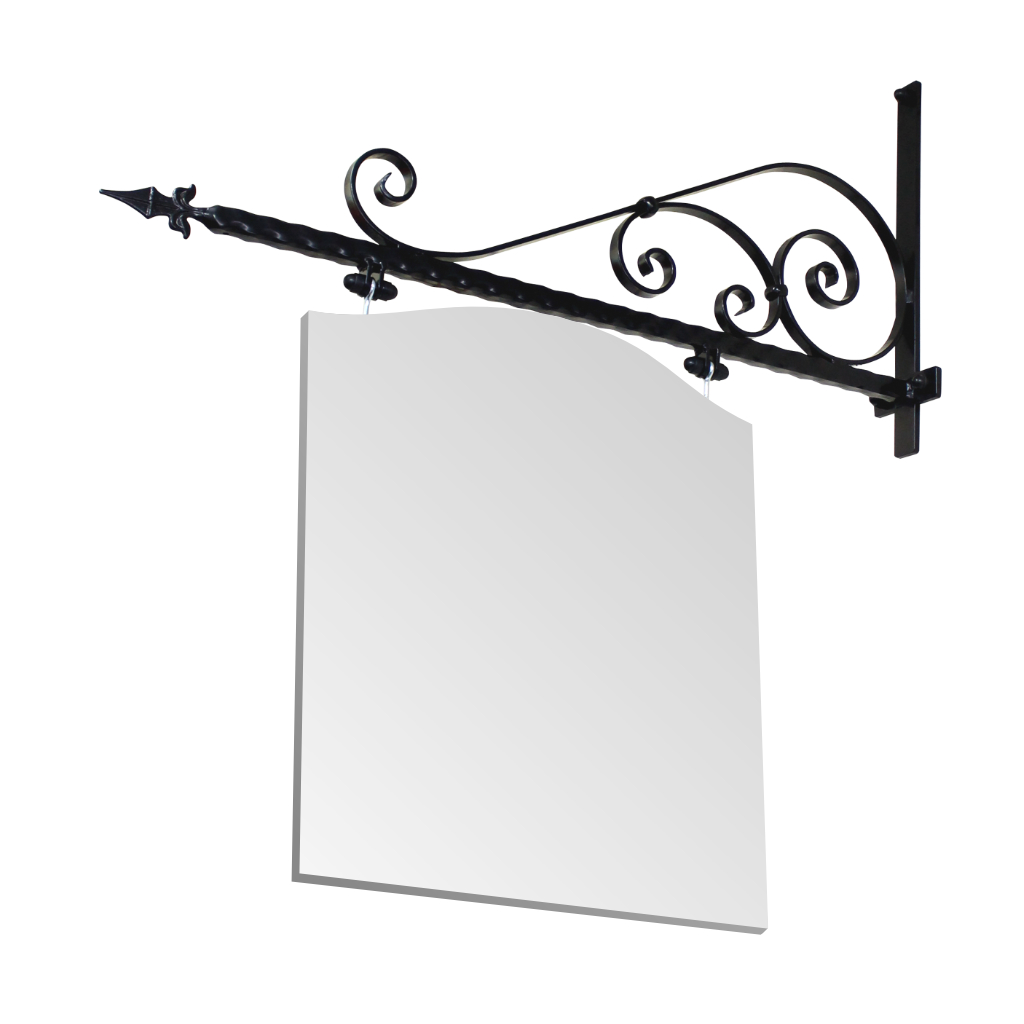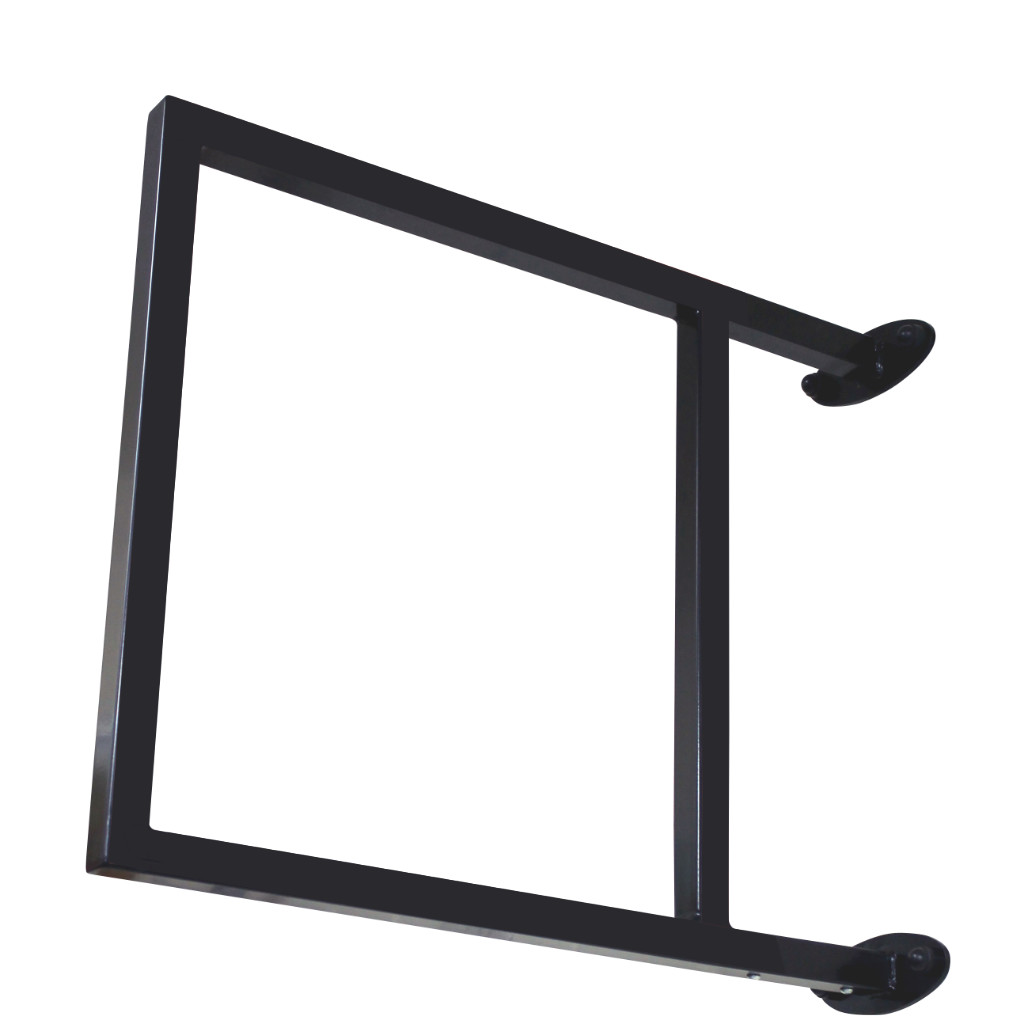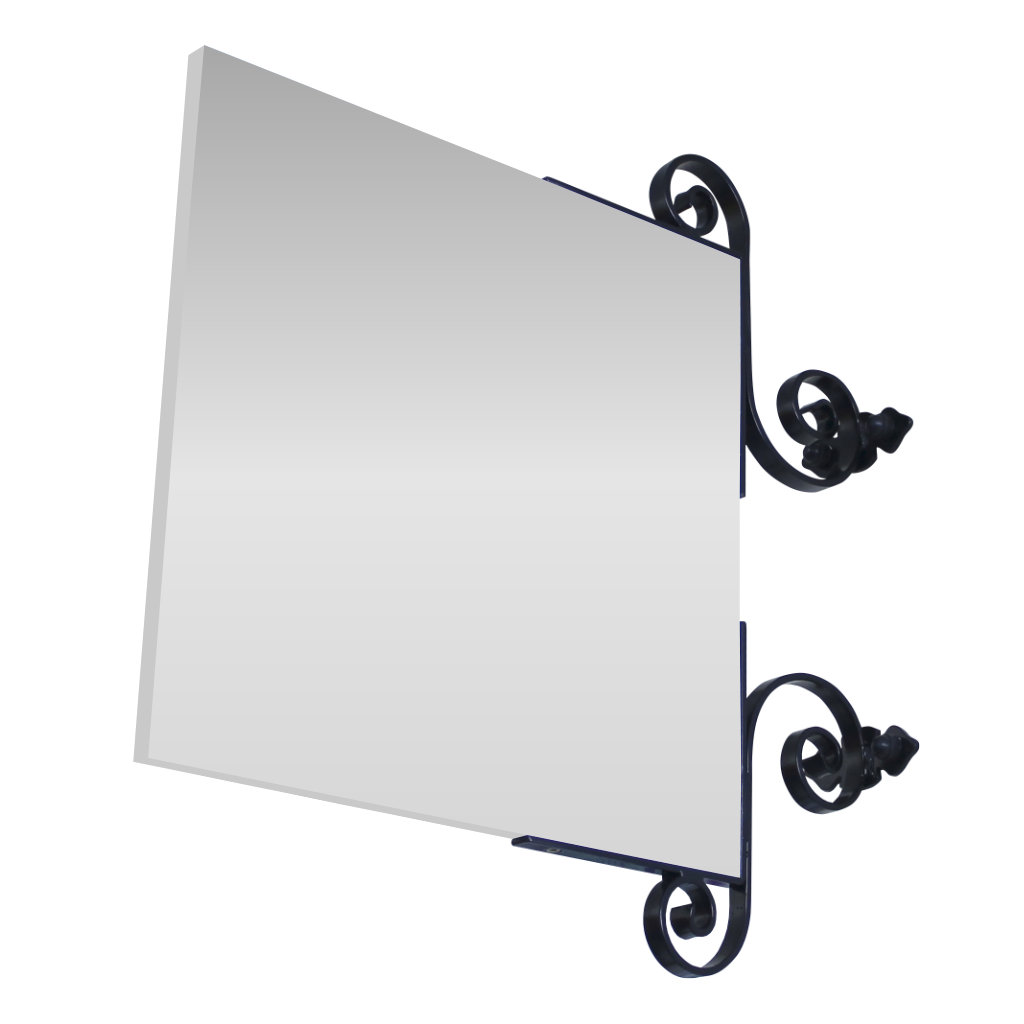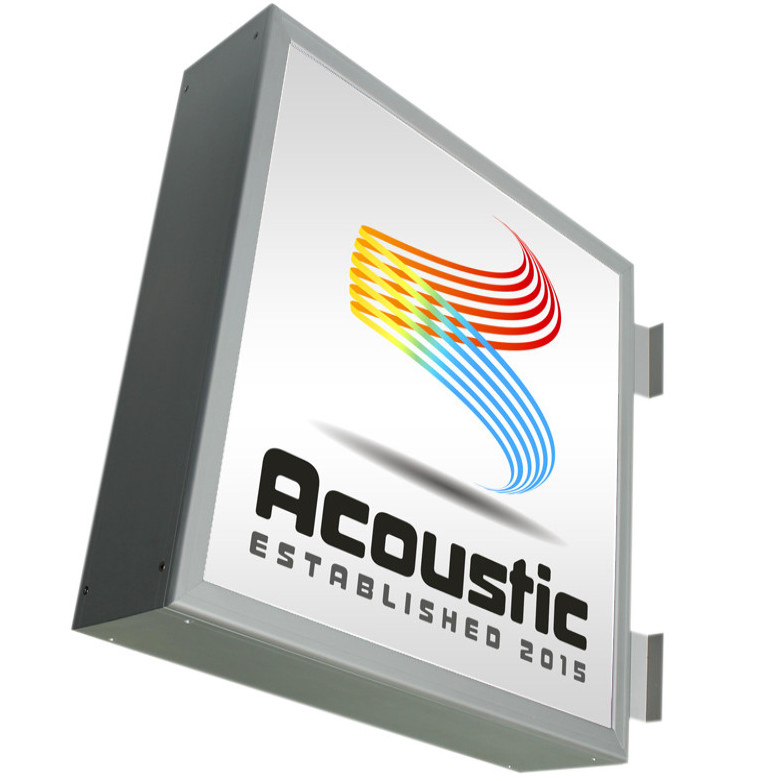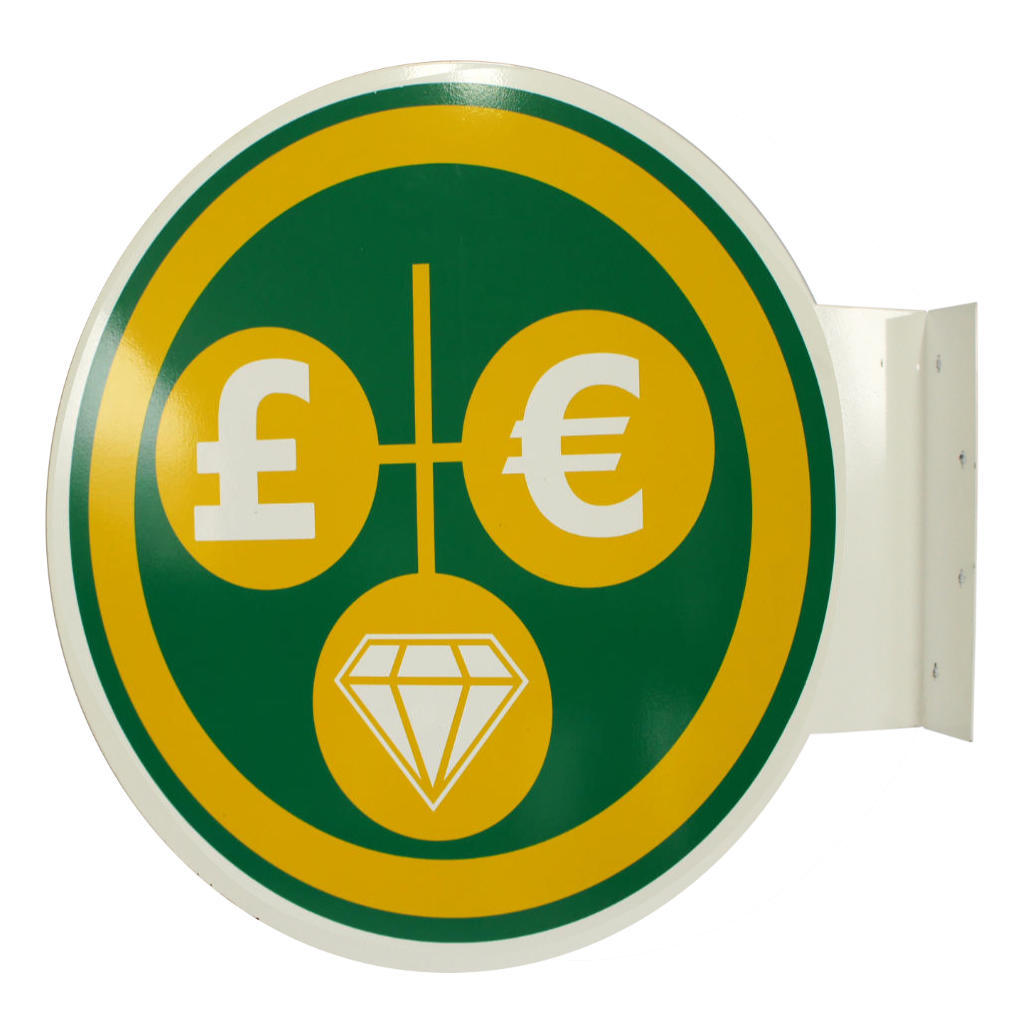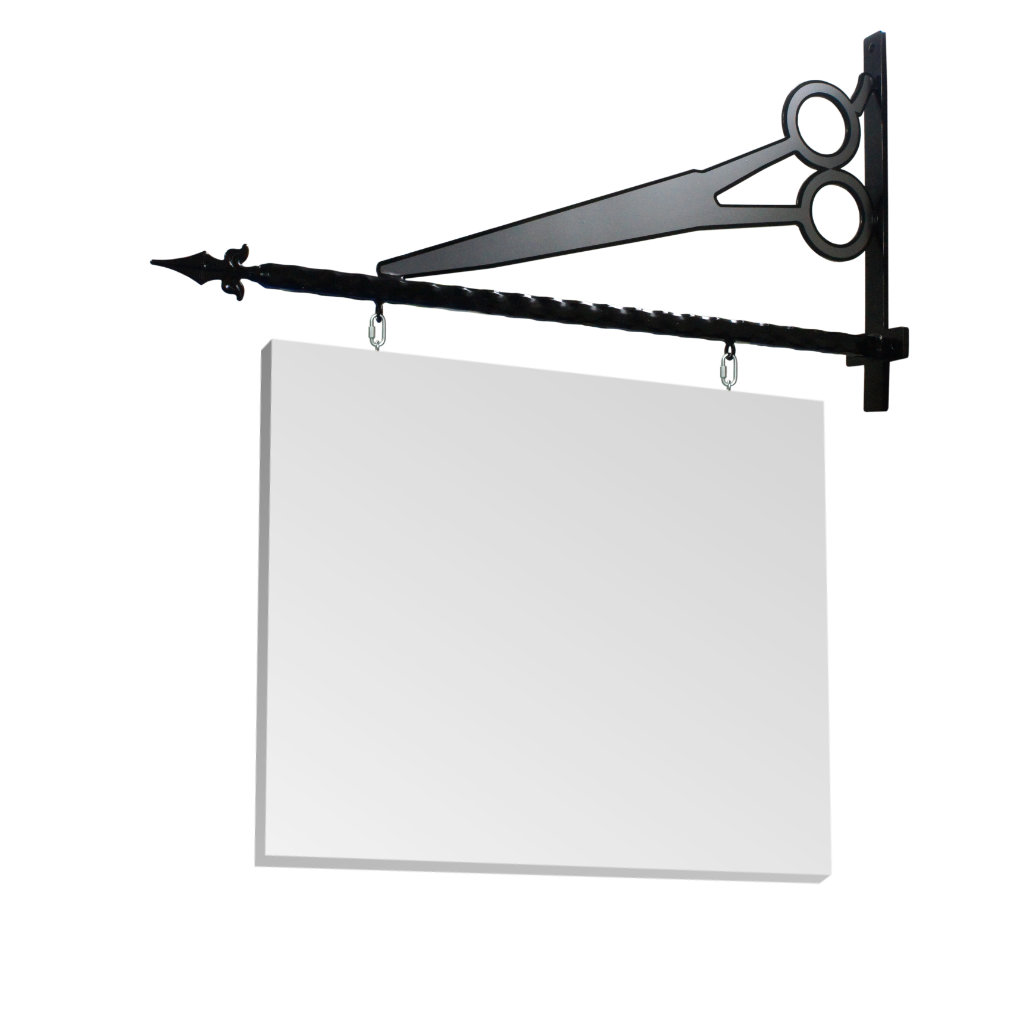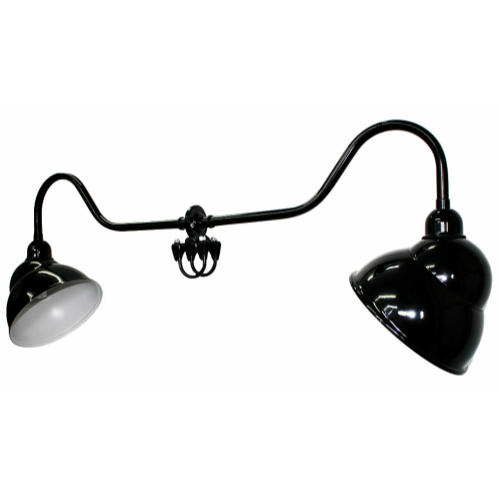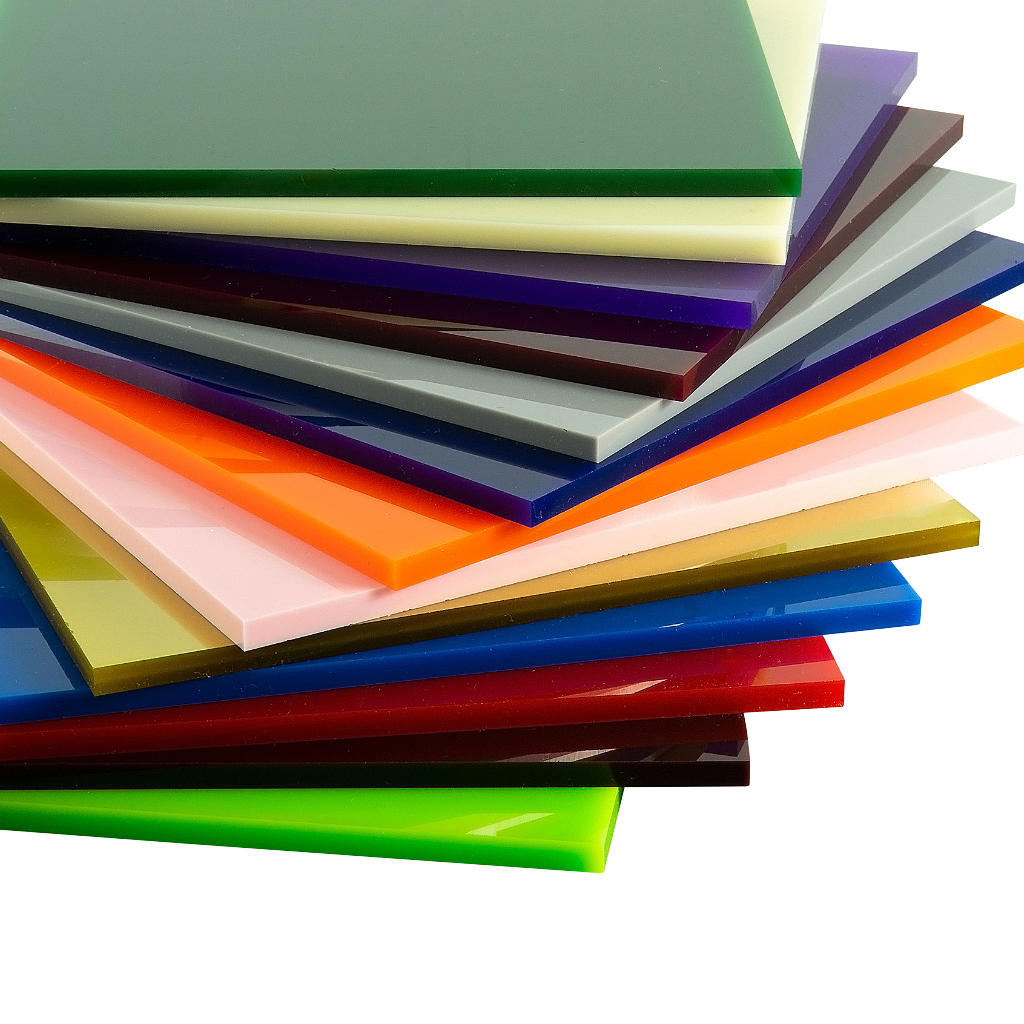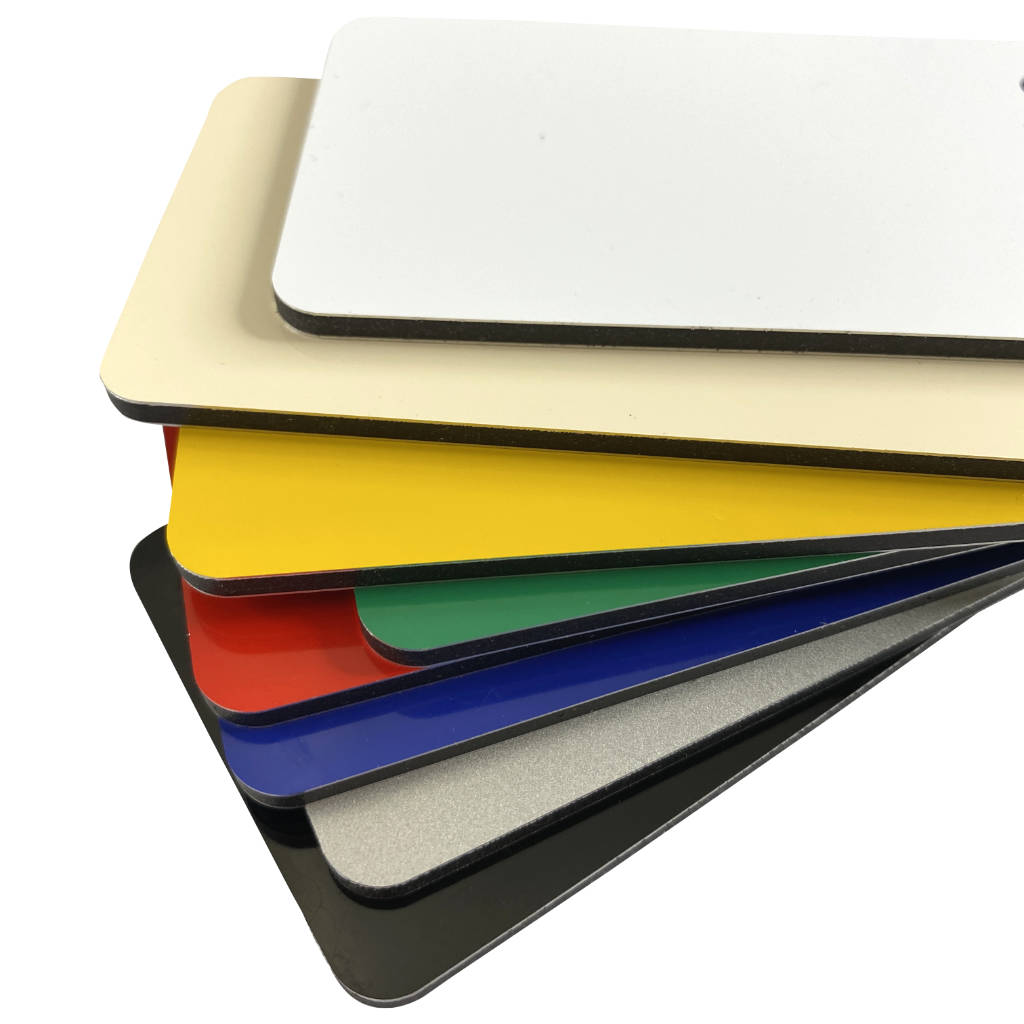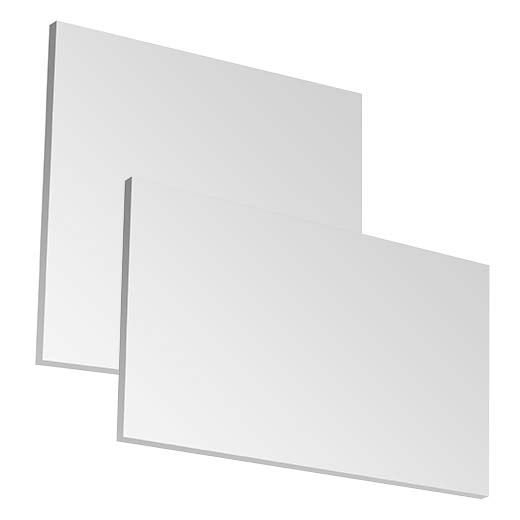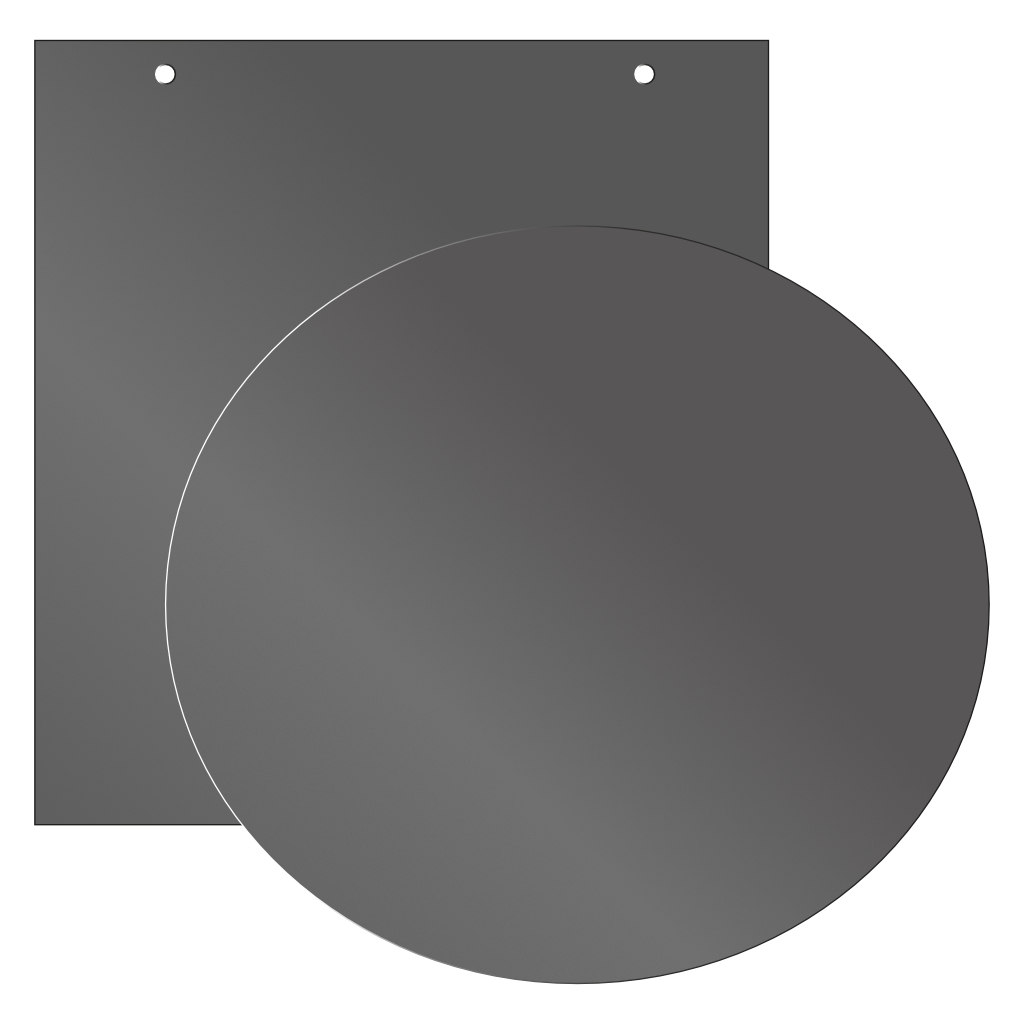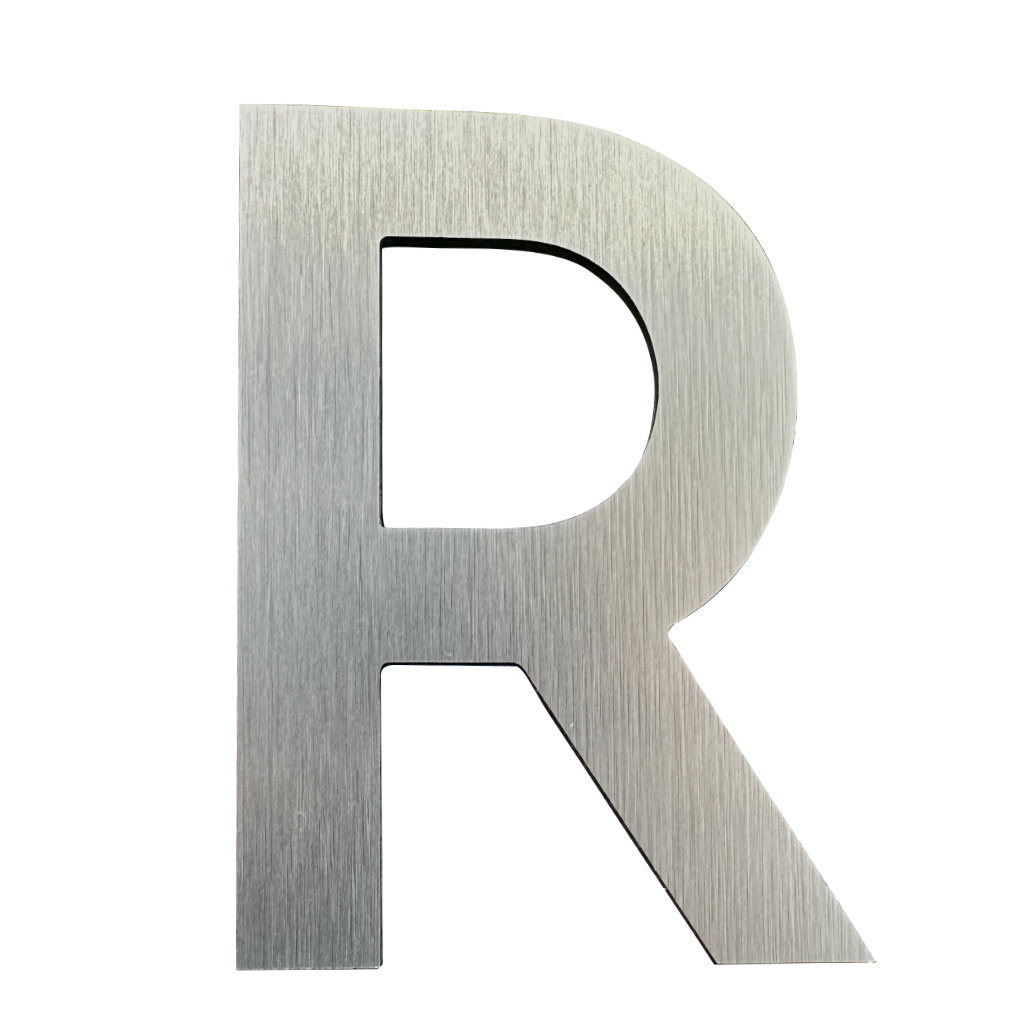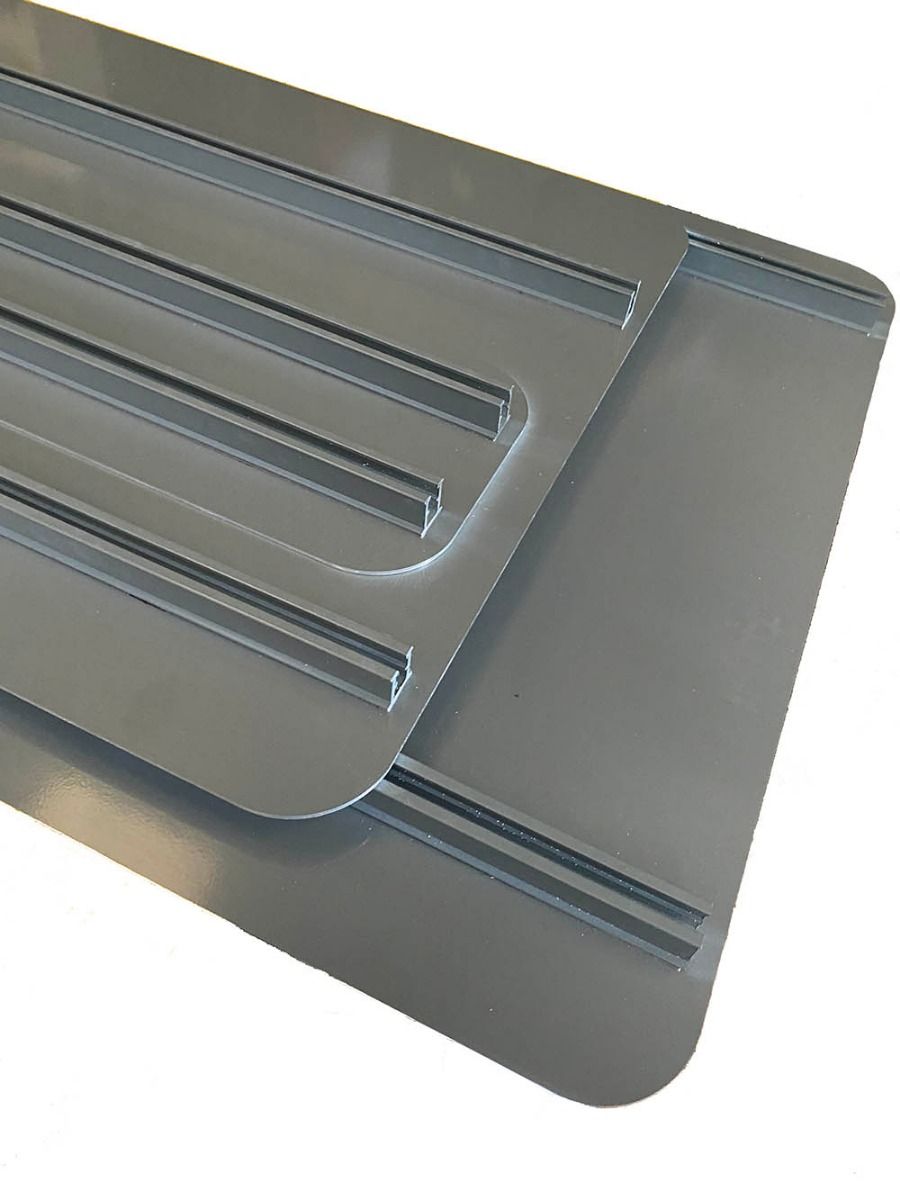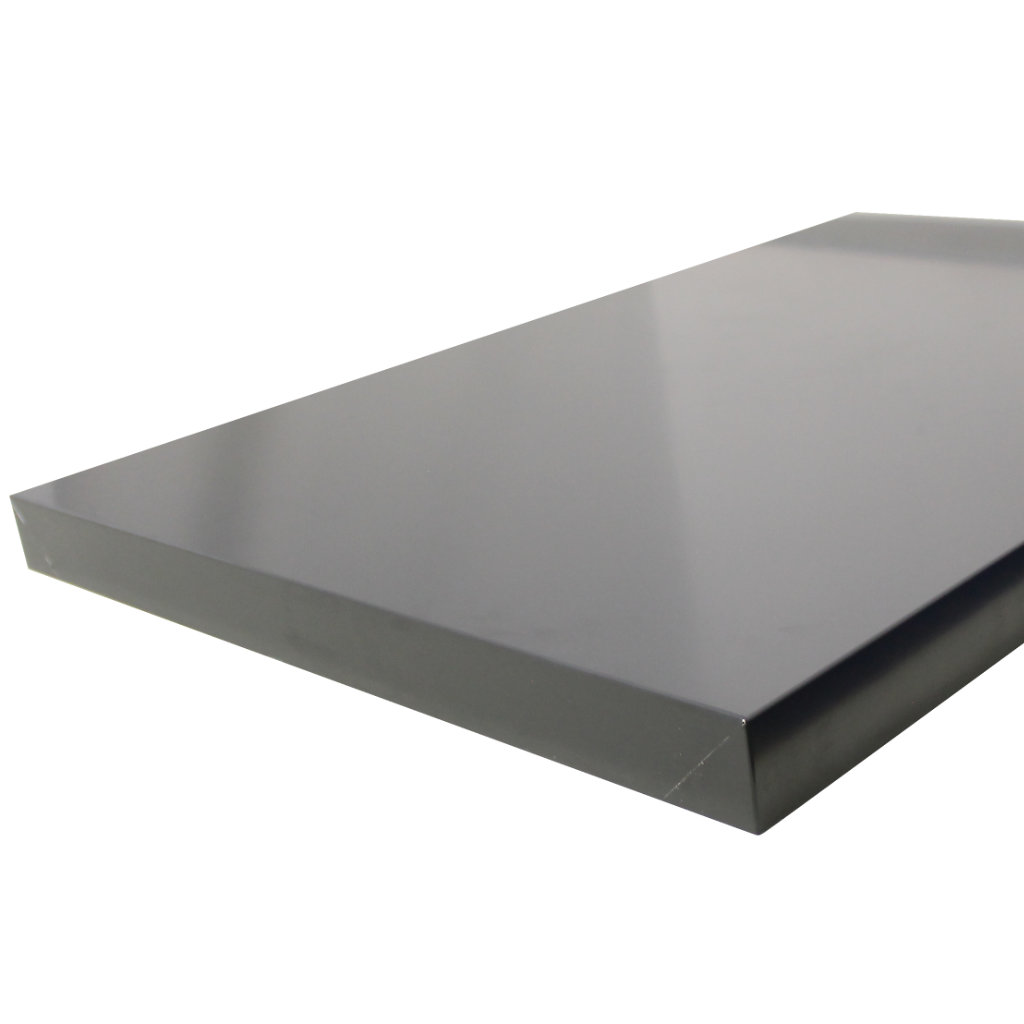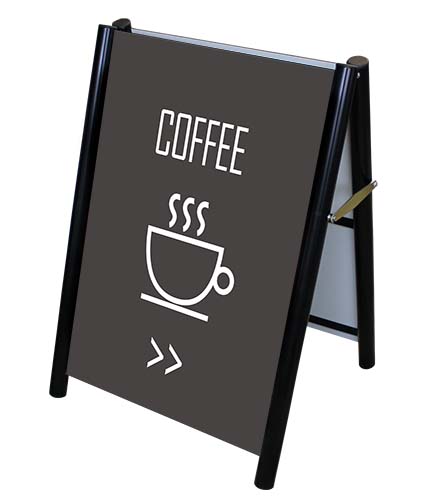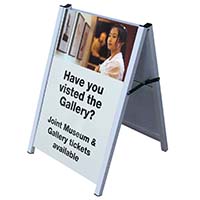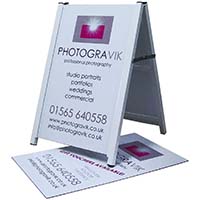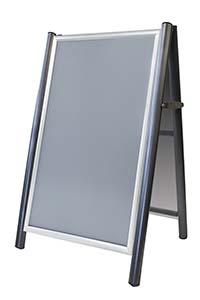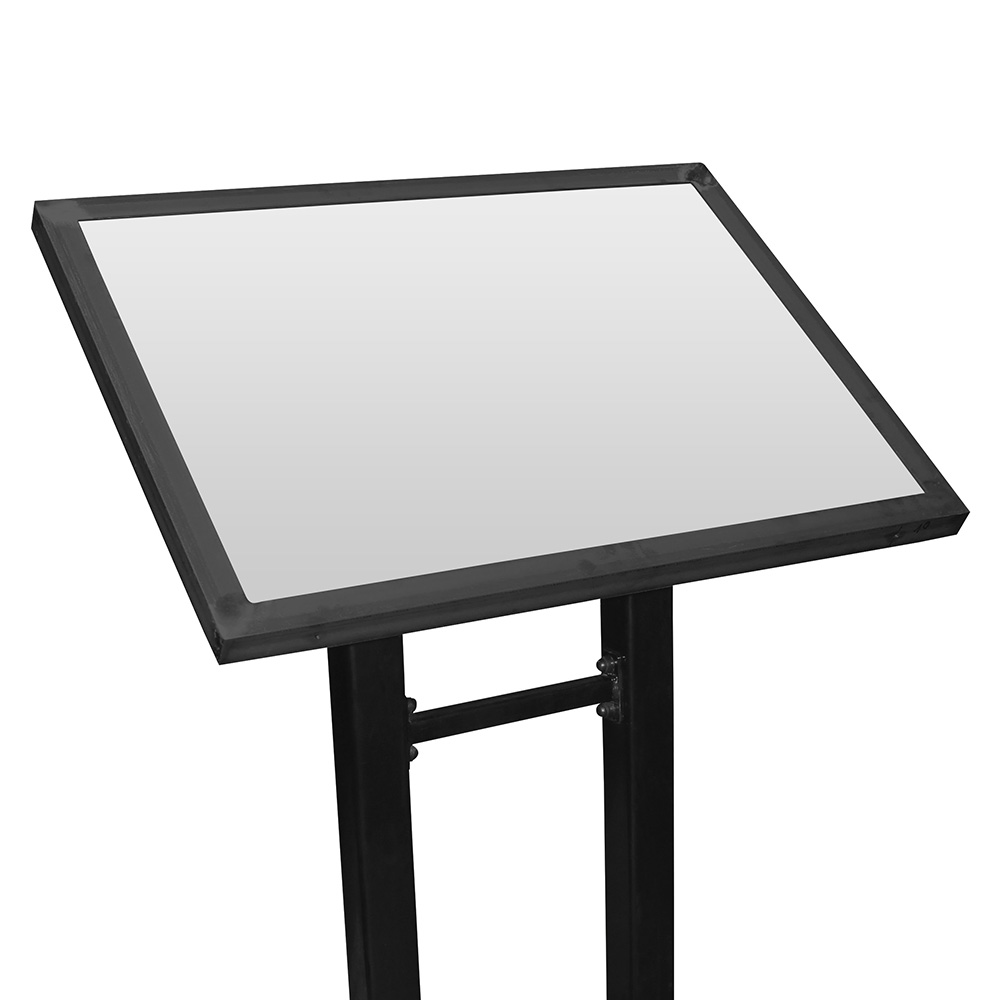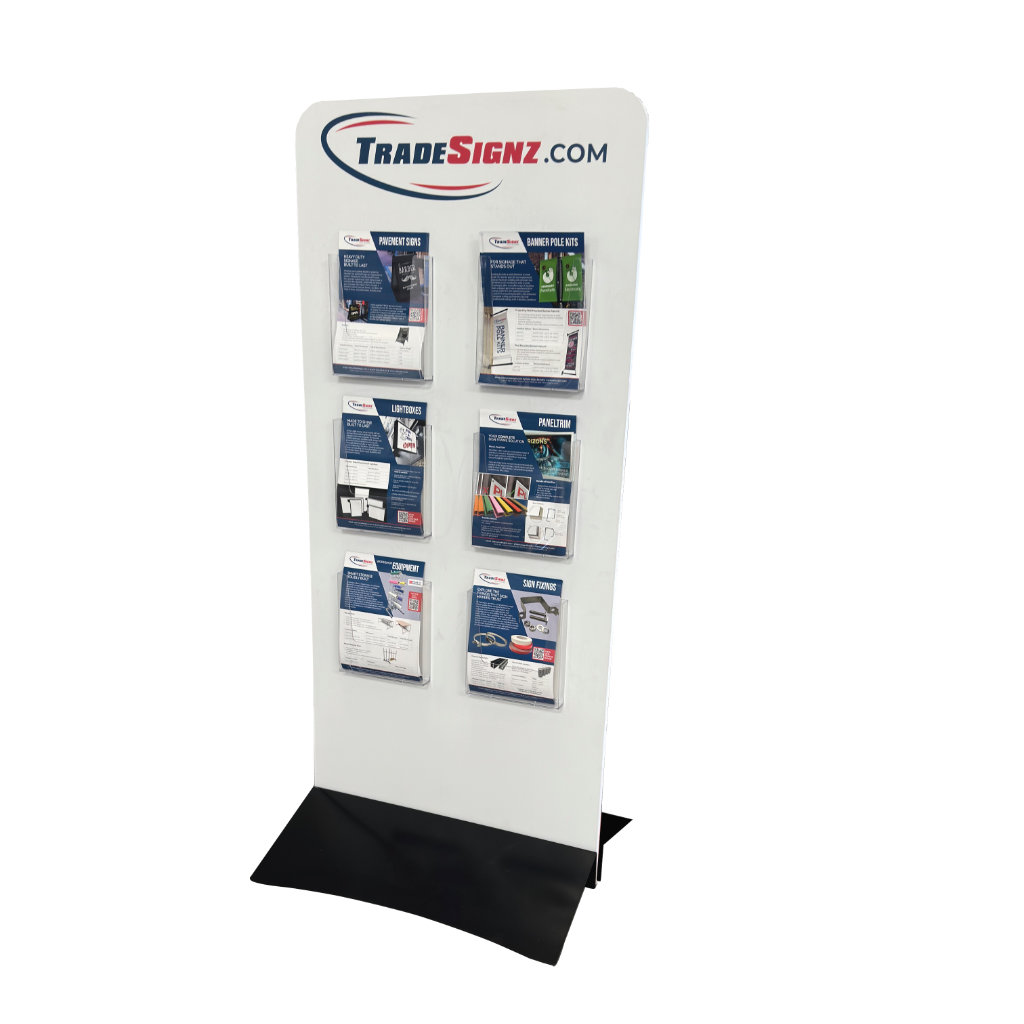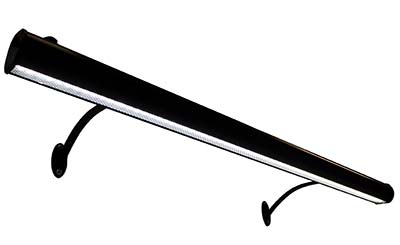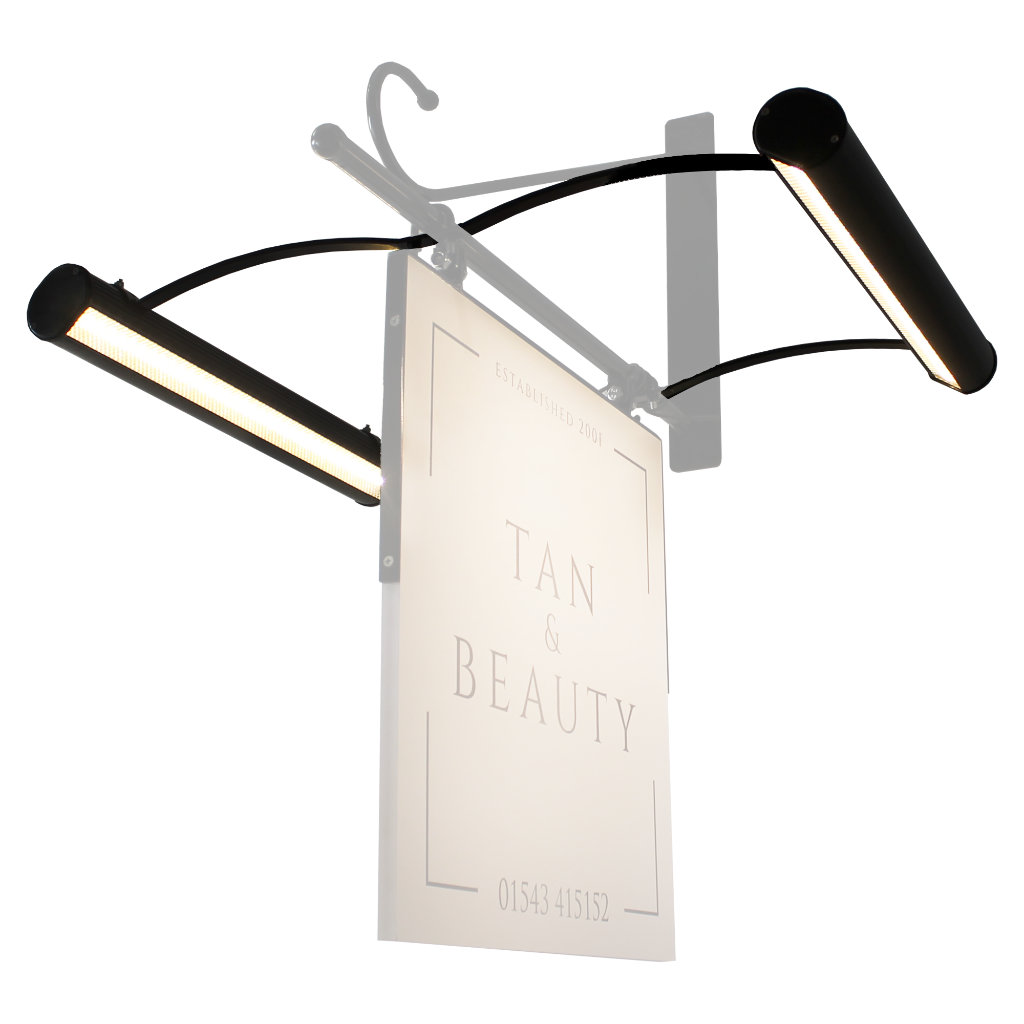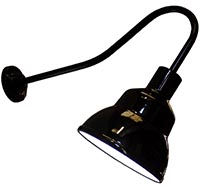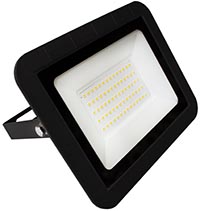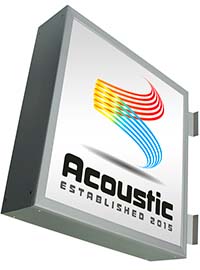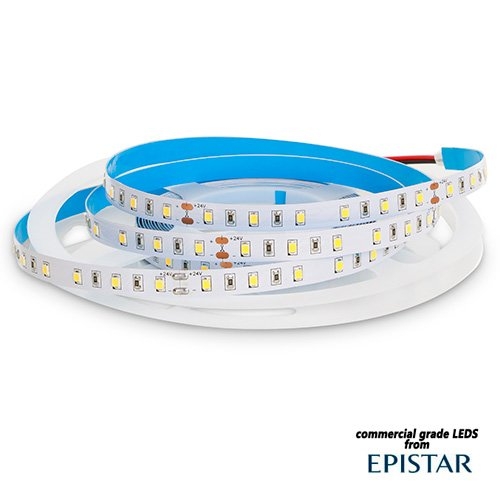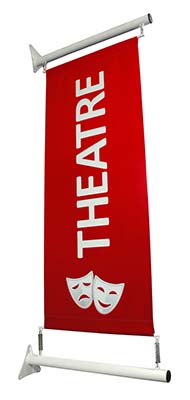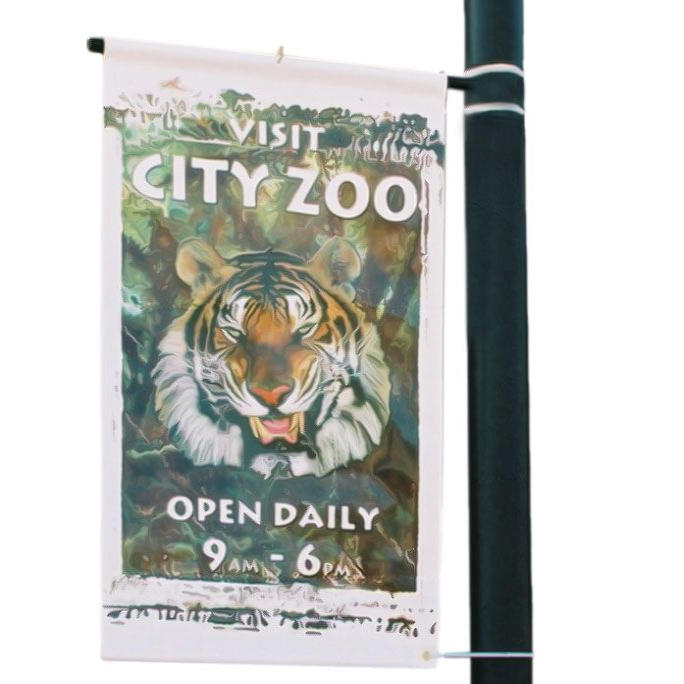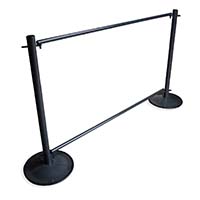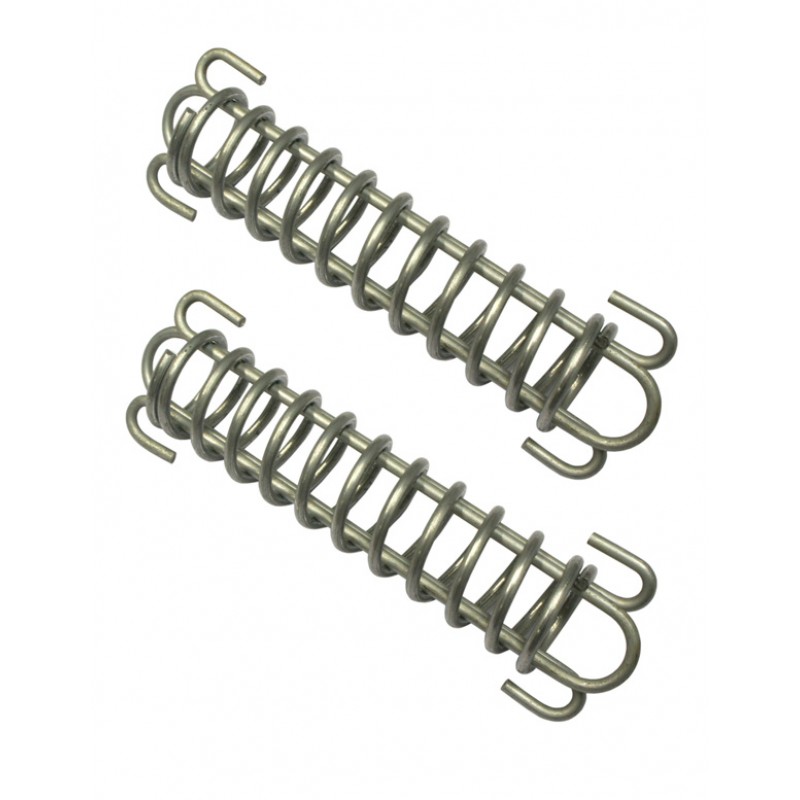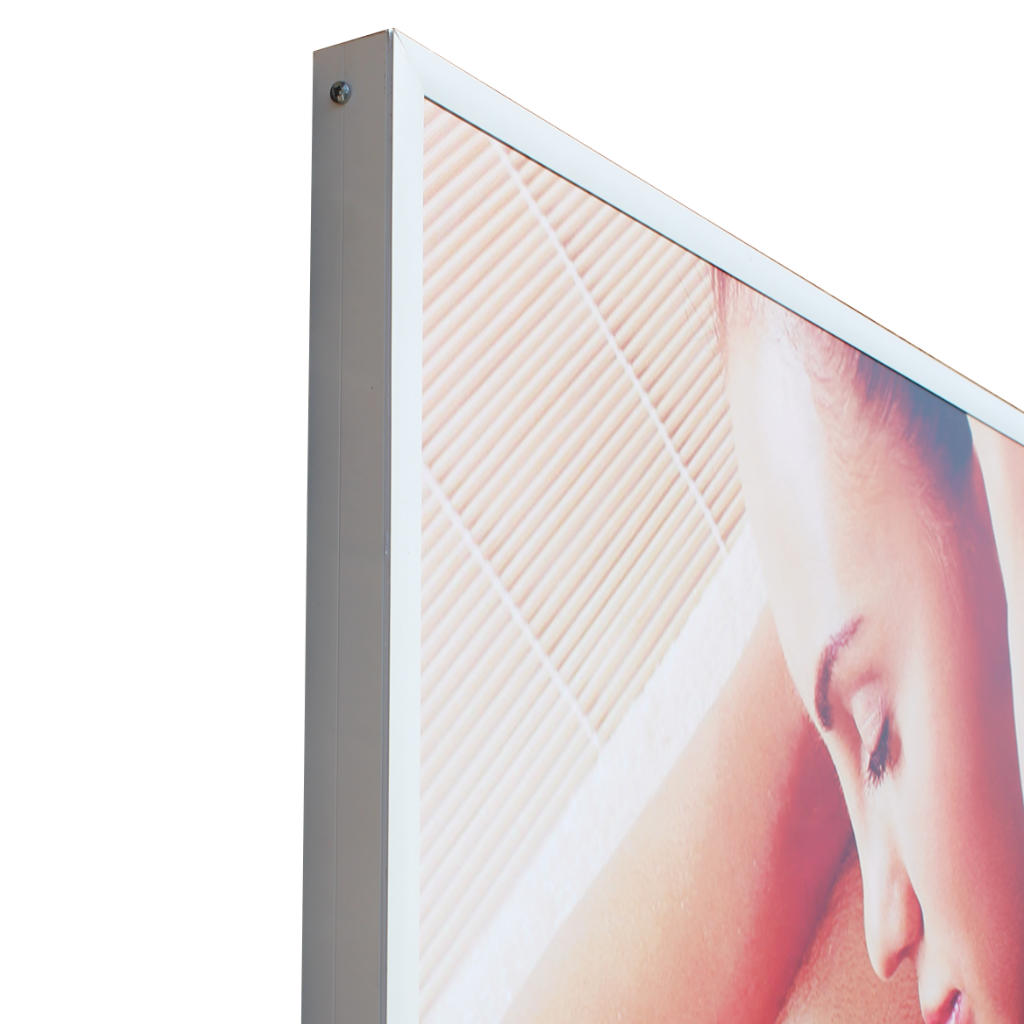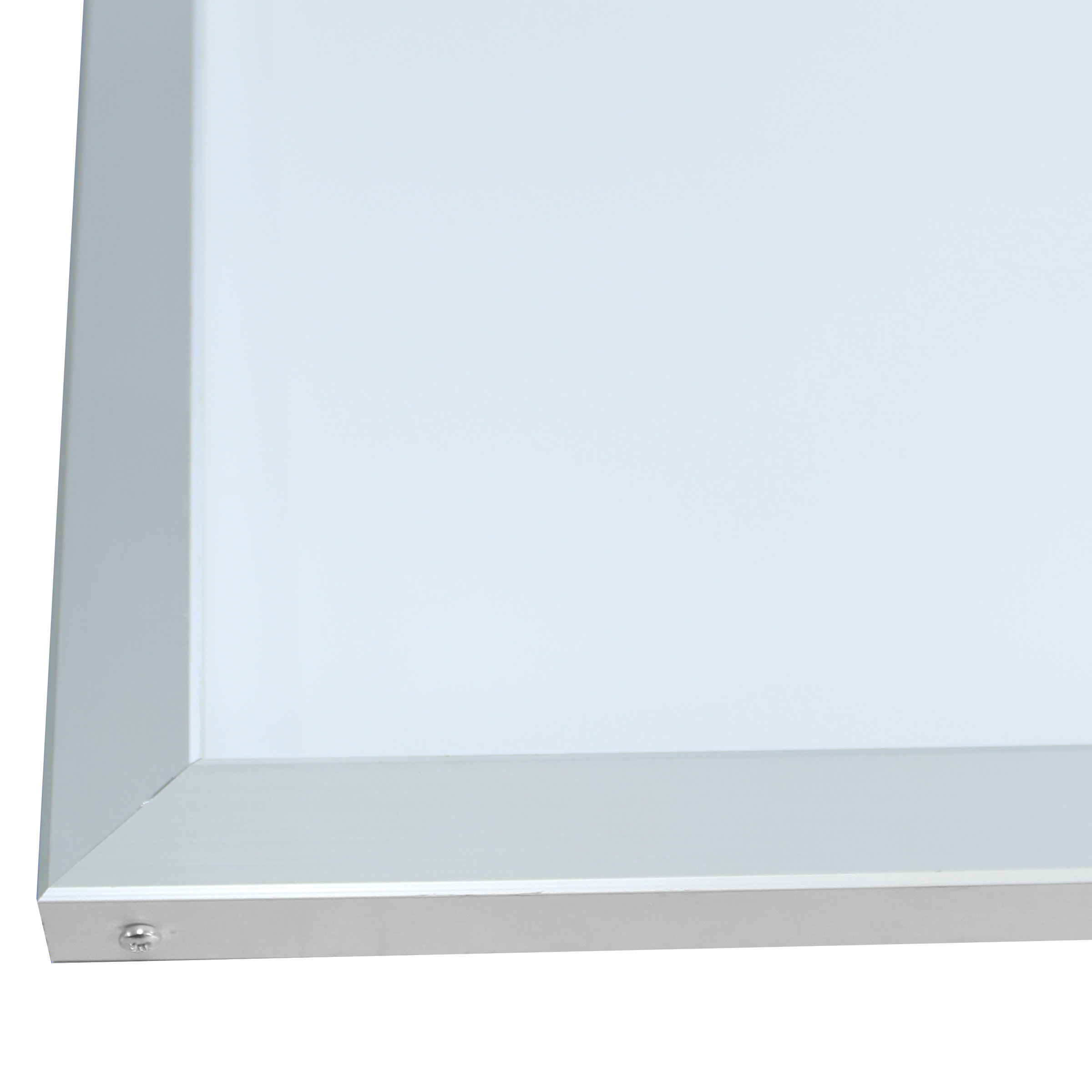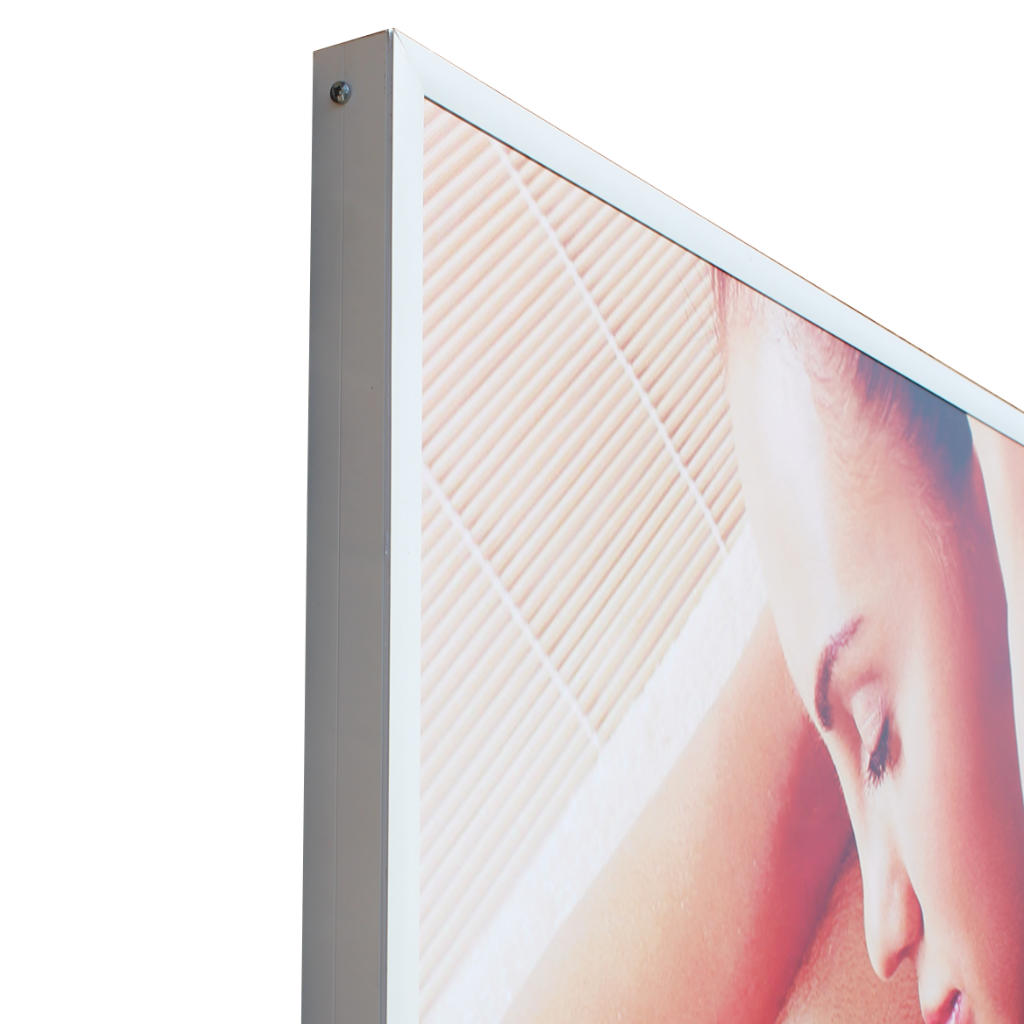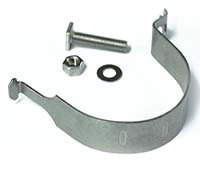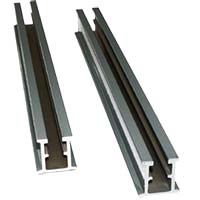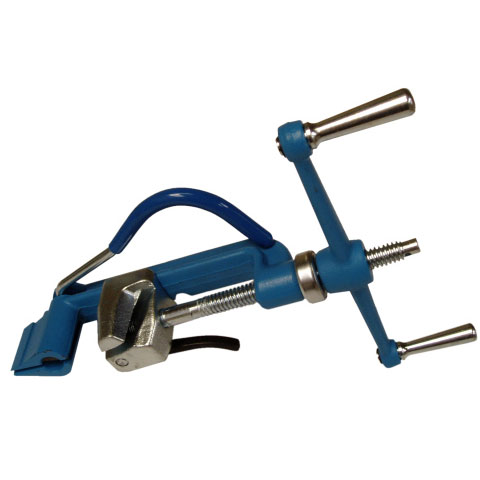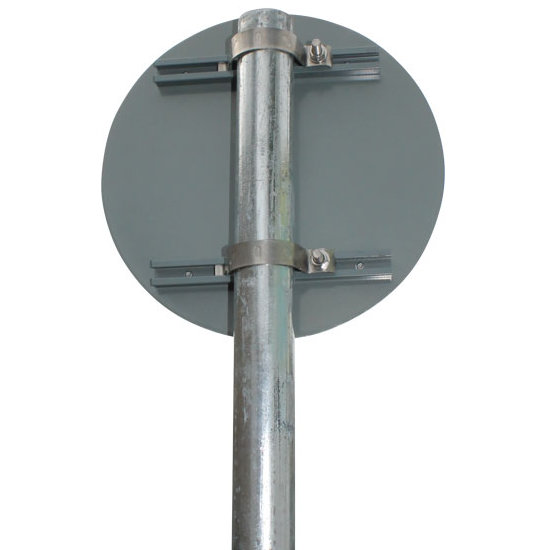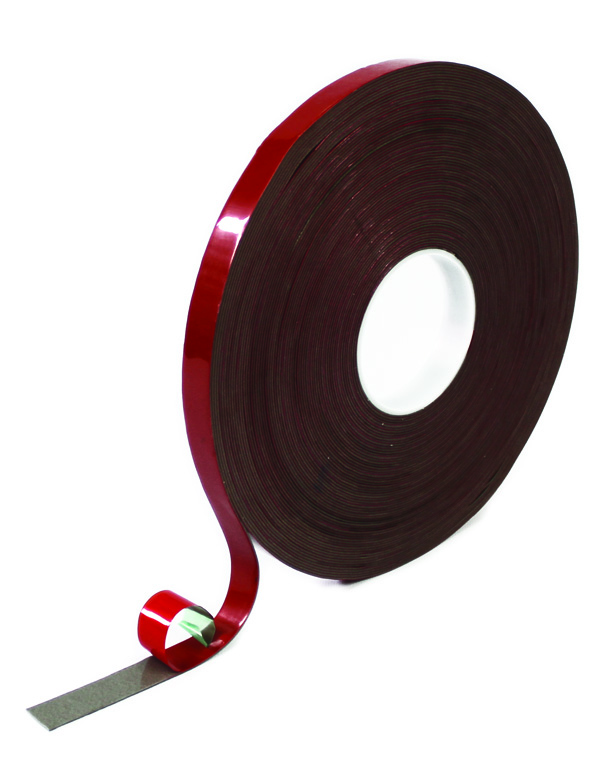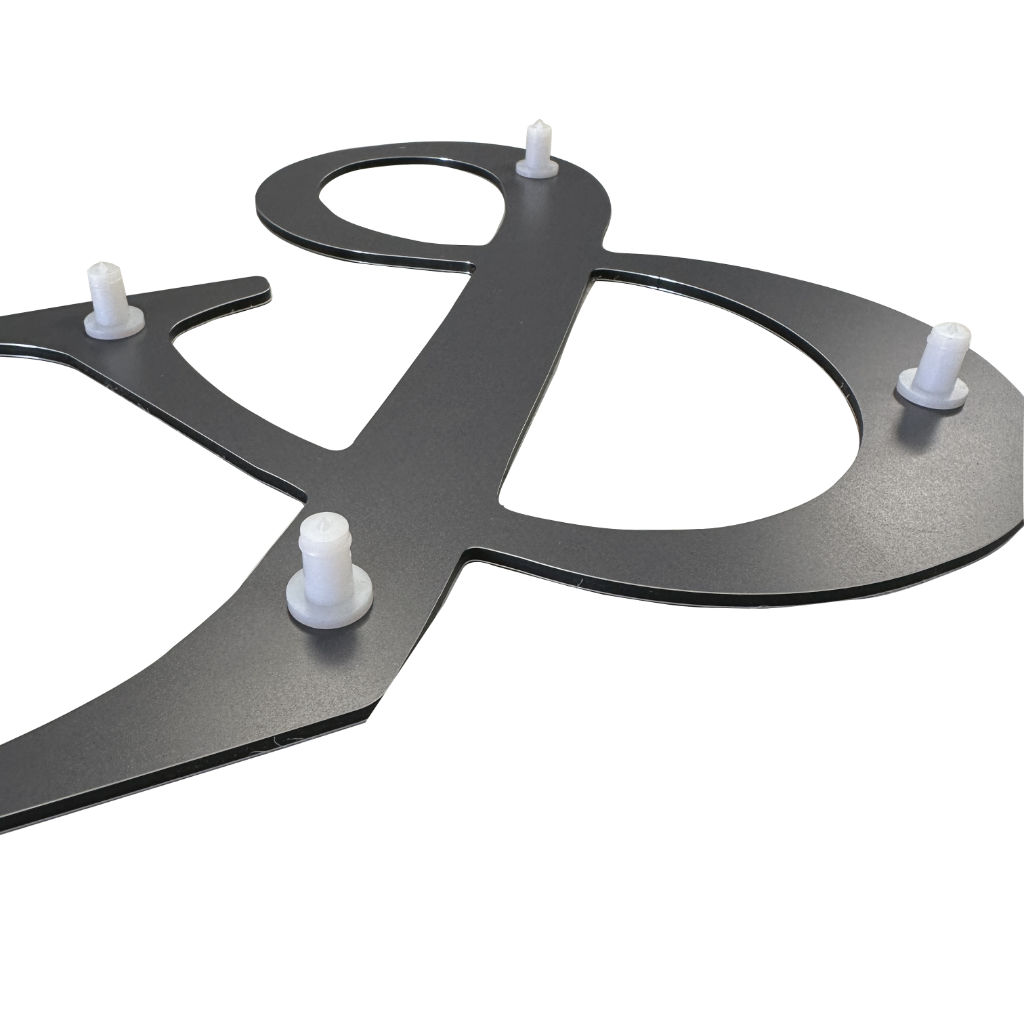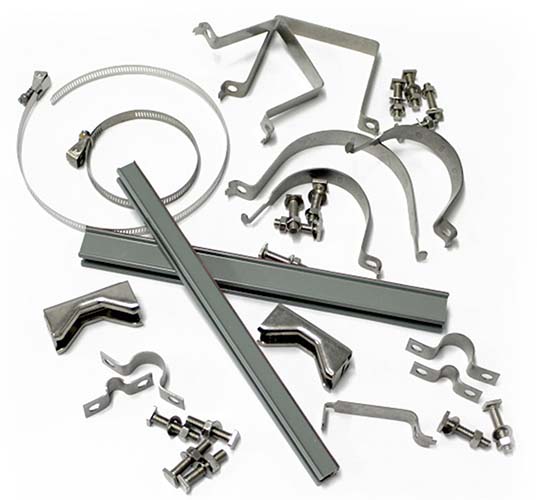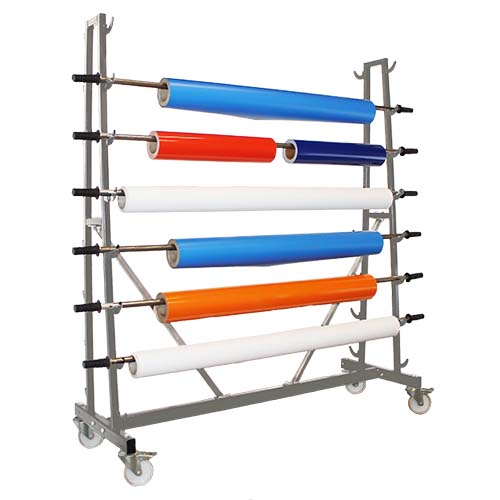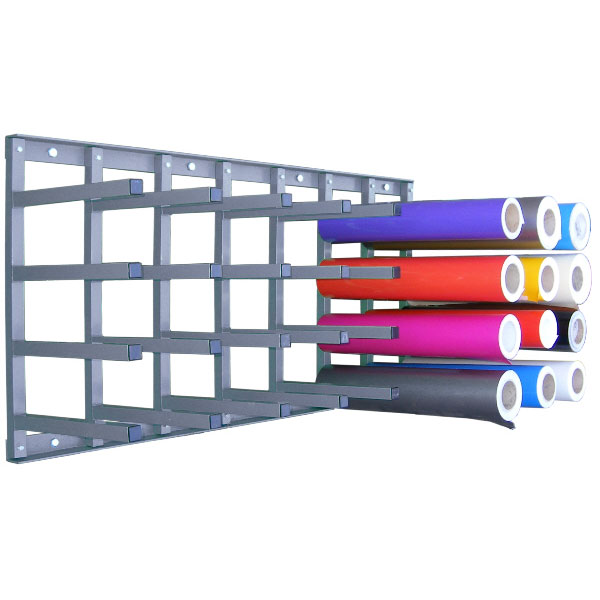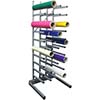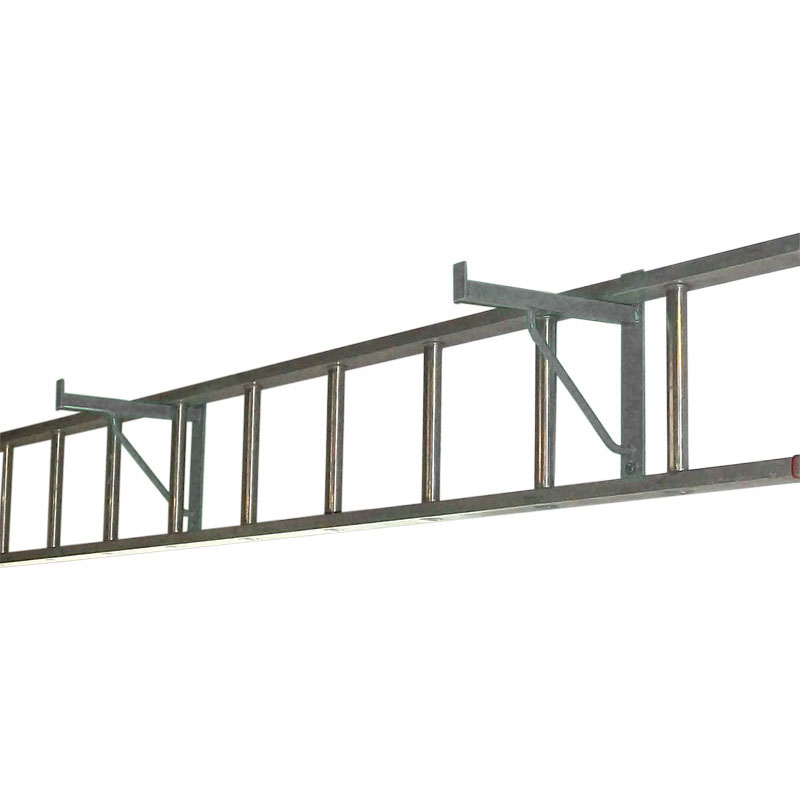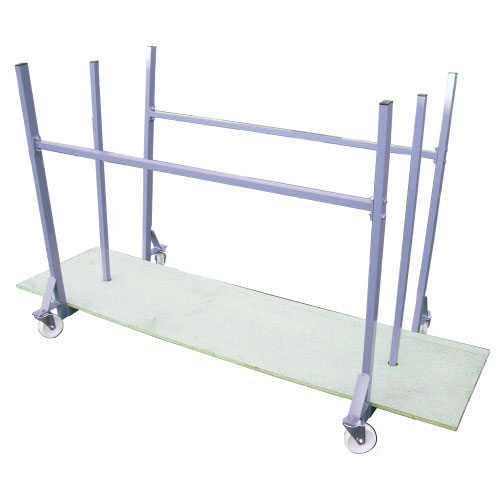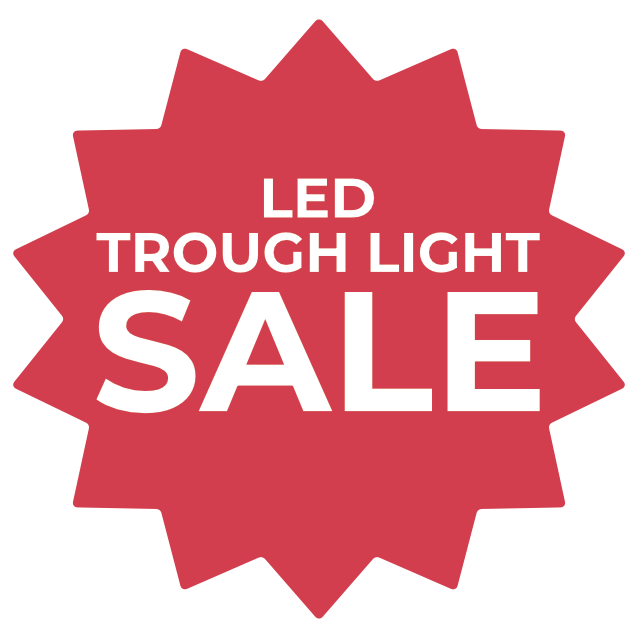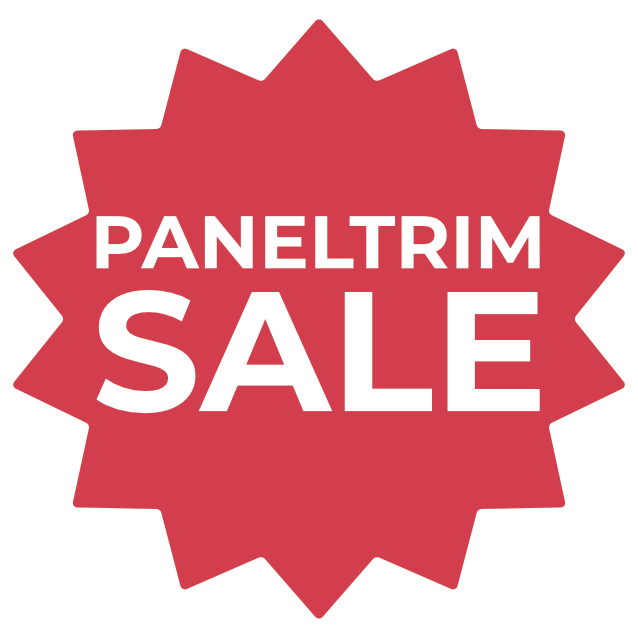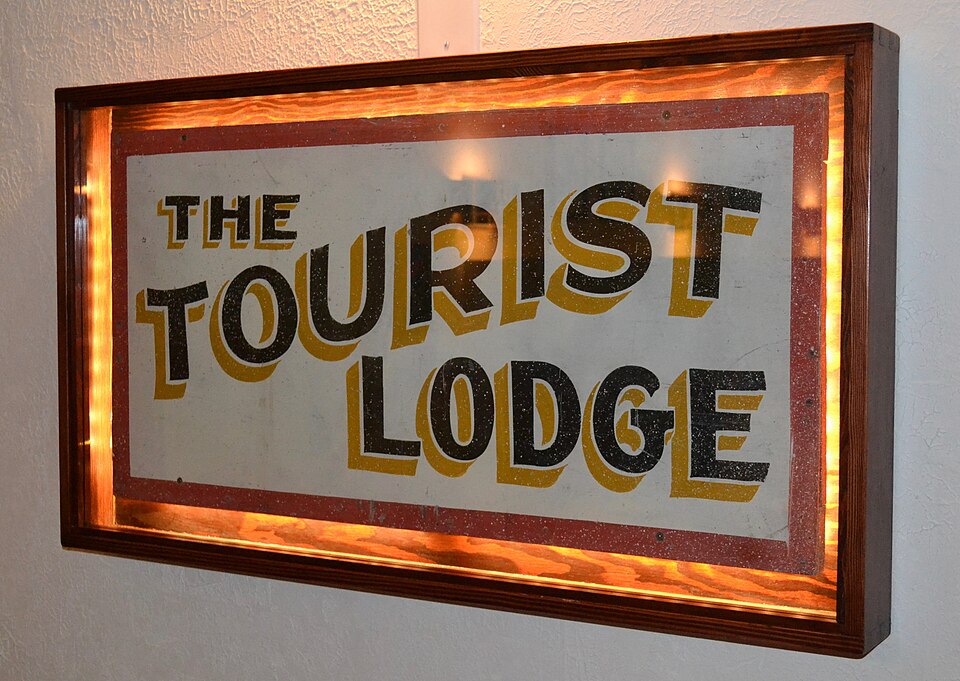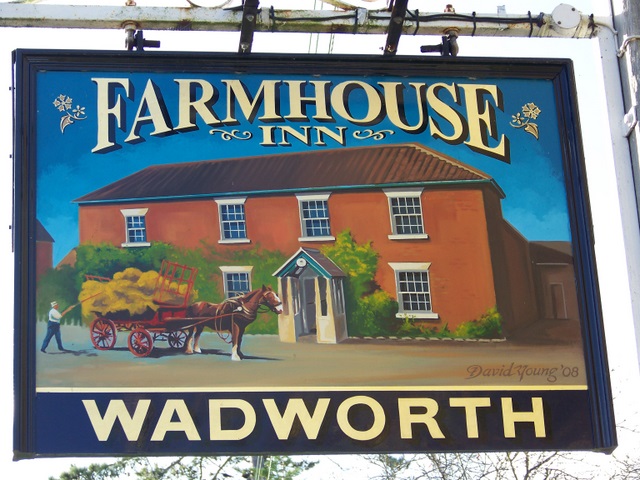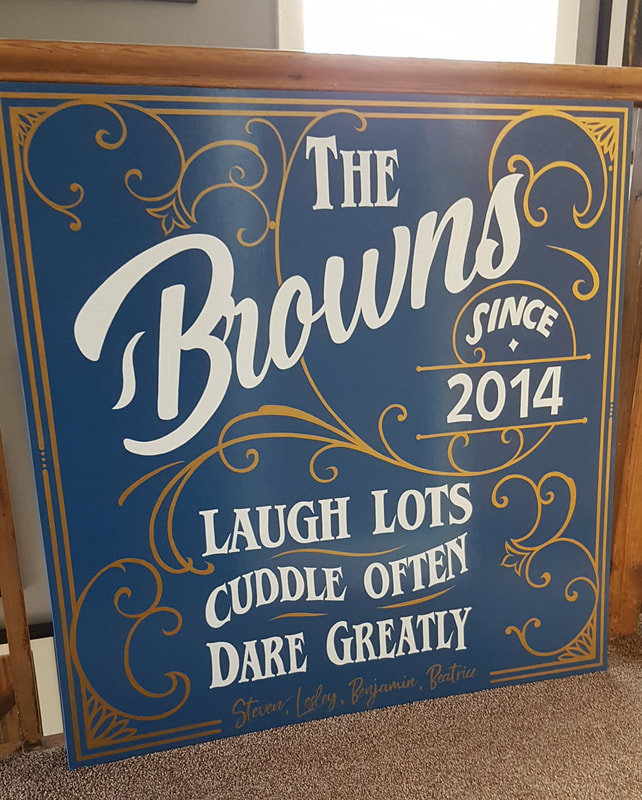Brushed Aside:
The Dying Art of Signwriting in the UK
In a world increasingly dominated by digital print and vinyl overlays, the time honoured art of hand painted signwriting in the UK stands at a precarious crossroads. Once a mainstay of every bustling high street, hand painted signs offered more than commercial visibility, they were expressions of craftsmanship, local identity and artistic flair. Today, as technology streamlines signage production, there's a growing sense that something irreplaceable has been lost.
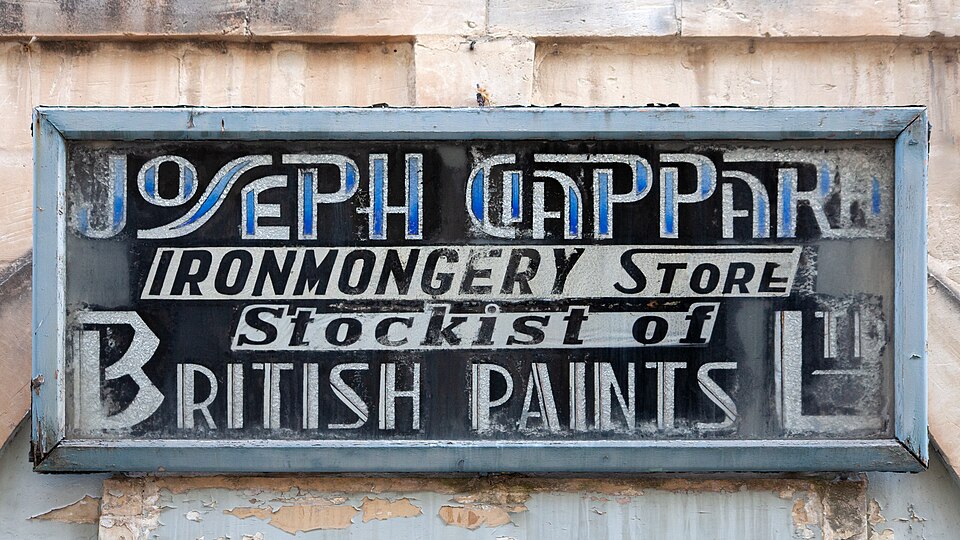
Image Credit: Godwin Borg, Wikimedia Commons
The Painted Past: Signwriting’s Golden Era
Decades ago, a British shopfront was a canvas of individuality. Every butcher, baker or ironmonger had signage unique to their trade and personality. These weren’t pre fabricated panels, they were meticulously planned compositions painted directly onto fascia boards, brickwork or windows by skilled artisans.
Signwriters were equal parts technicians and artists. They mastered brush control, spacing, layout and ornamentation, often trained through apprenticeships rather than formal schooling. Their kit included mahl sticks, quills, enamel paints and signwriter’s pencils and their designs were scaled manually using grid systems or even chalk sketches.
Gold leaf gilding, drop shadows and ornate serifs weren’t style choices; they were signatures of a maker’s pride. The finished piece wasn't just a sign, it was a story: of the shopkeeper’s vision, of the town’s character and of an artist’s quiet dedication to excellence.
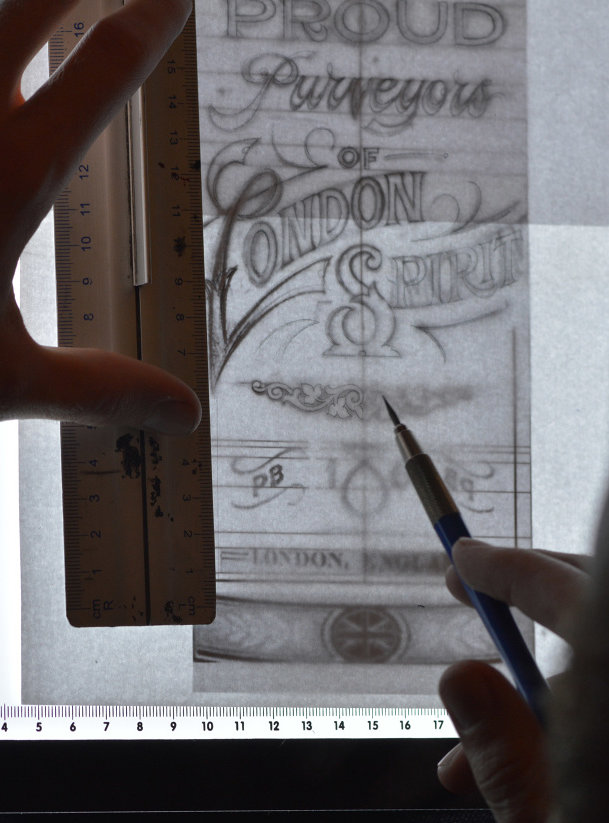
Grid System
Image credit: size? blog
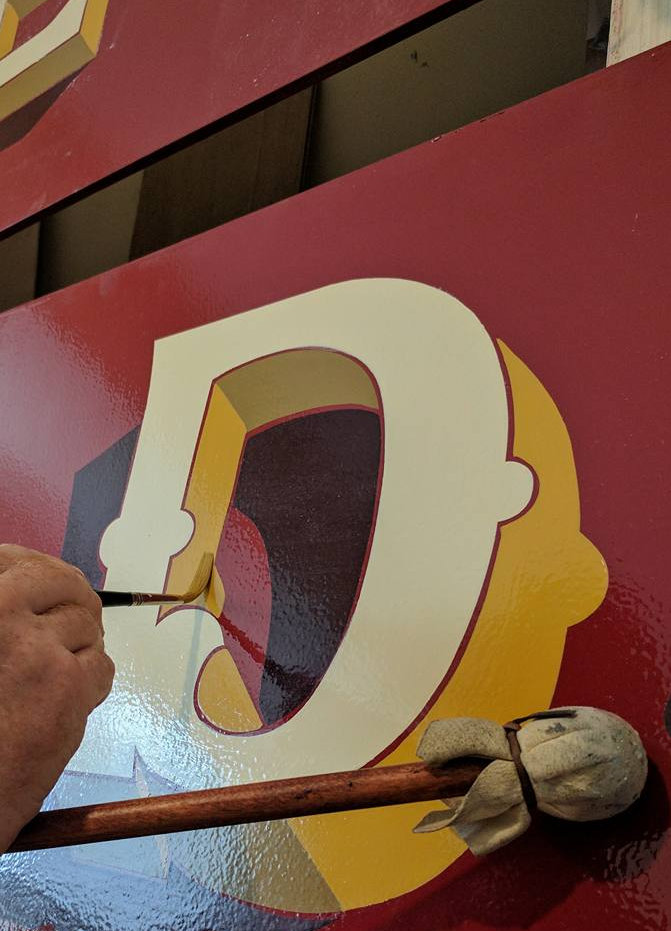
Mahl Stick
Image credit: Paul Bank Signs

Gold Leaf Gilding
Image credit: size? blog
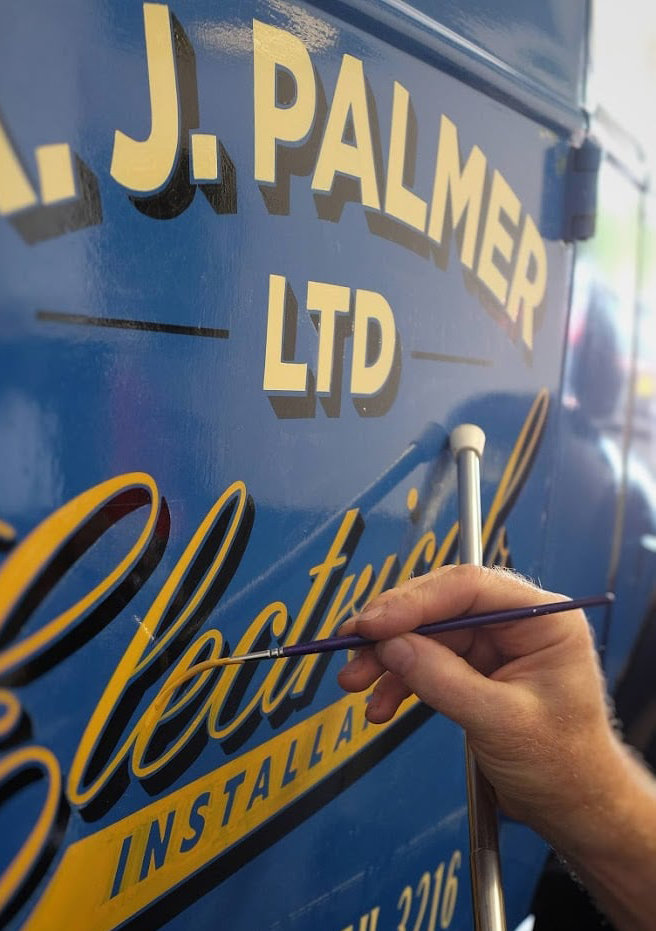
Traditional Signwriting
Image credit: Paul Bank Signs
The Tools of a Vanishing Trade
Hand lettering demanded patience and precision. It could take days to complete a sign and each surface presented its own challenge. Timber soaked up paint differently than masonry, and glass required a special touch, reverse painting, for example, meant writing the lettering backwards so it would appear correctly from the outside.
There were subtle but important techniques: blending colours to give depth, curling strokes to create rhythm, even building up drop shadows with layered linework. These subtleties lent character to a sign, making it feel like part of the building itself, rather than something merely stuck on.
From Brushes to Vinyl: Technology’s Rise
Today, the signage landscape has shifted dramatically. Vinyl cutters, laser engravers and large format printers offer speed, repeatability and cost efficiency. A digital file can be tweaked, outputted and installed within hours, perfect for time sensitive campaigns, mass production and interchangeable branding.
Vector software allows designers to scale logos seamlessly and preview layouts on digital mockups. LED illumination, CNC routing and powder coated metal finishes dominate the technical vocabulary. And let’s be honest, these tools have empowered many businesses to achieve slick, modern results with previously unreachable precision.
Still, there's a loss beneath the gloss. Standardised fonts and uniform materials lead to streetscapes lacking character. A high street filled with pristine, printed signage might be legible, but it rarely tells you anything about the people behind the storefront.
Where Tradition Still Lives
Thankfully, the art hasn’t vanished entirely. In pockets across the UK, a new generation of signwriters is rediscovering the brush. Driven by a love for craft, character and heritage, they’re reintroducing hand lettering for pubs, cafes, barbershops and boutiques wanting something "real."
Social media has played an unexpected role in this revival, with signwriters sharing timelapses, behind the scenes sketches and studio tips to wide eyed followers who’ve never seen brushwork in action. There’s even been a rekindling of gold leaf gilding on windows, an ultra niche, ultra beautiful technique that still turns heads.
Why It Matters
Signwriting isn’t just about nostalgia, it’s about authenticity, personality and storytelling. For business owners, choosing hand painted signage signals values that many customers admire: care over convenience, individuality over conformity, heritage over trend chasing.
It also encourages sustainable thinking. Paint lasts. It doesn’t peel, bubble or rely on plastic. It can be refreshed and repurposed and it doesn’t end up in landfill every few years.
More importantly, it rehumanises our built environment. The connection between maker and message becomes part of the experience. You don’t just walk past a sign, you feel something about the business it represents.
Bringing it Forward
While technology is here to stay, and rightly so, with all its efficiencies and enhancements, there’s room for harmony. Hybrid signage, where a CNC cut frame holds a hand painted panel; digital layouts used for brush based execution; sustainable vinyl paired with artisan flourishes.
For companies like us, this intersection is a fascinating opportunity. Integrating traditional artistry into modern workflows could be a branding differentiator. A shopfront that feels designed rather than produced, that feels cared for rather than fabricated.


